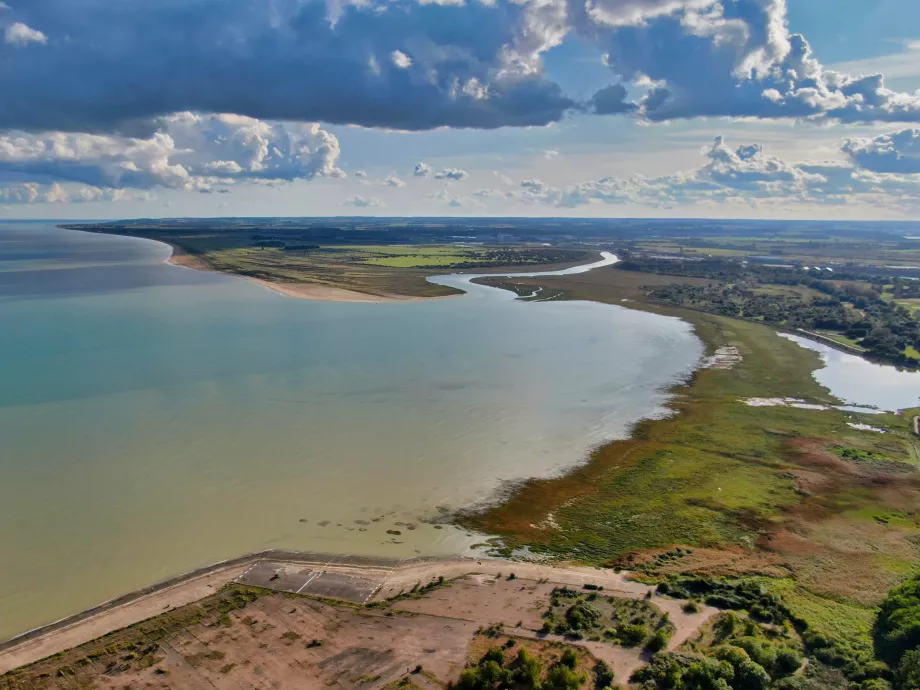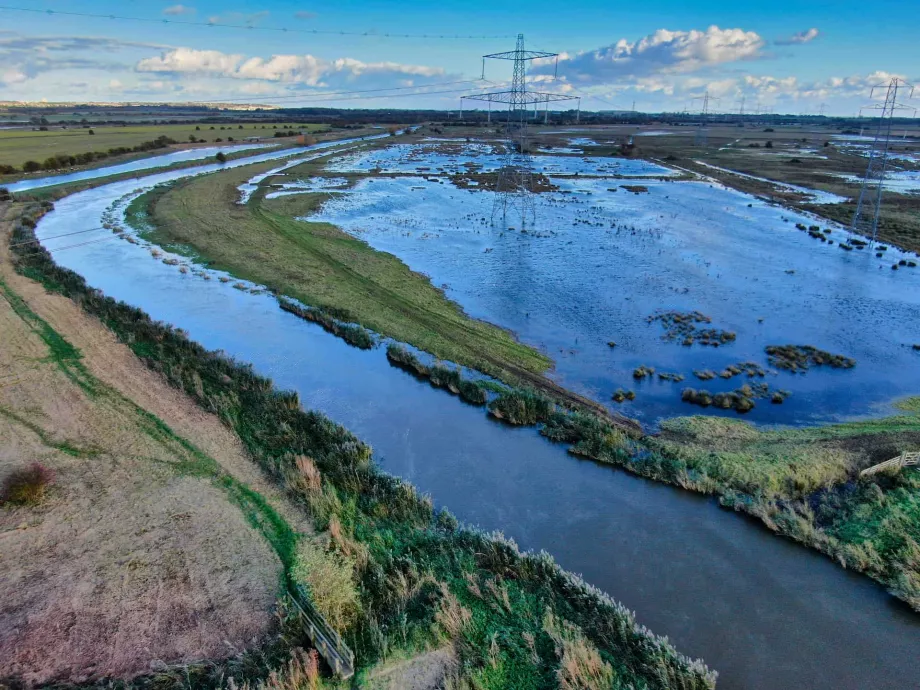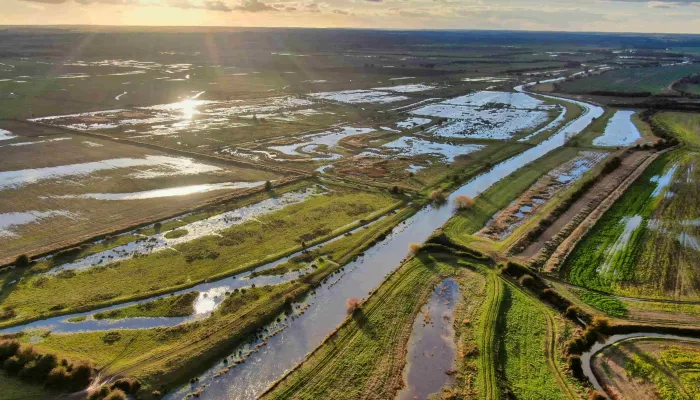
© Nik Mitchell
Kent Wildlife Trust reserve, Sandwich & Pegwell Bay, is a SSSI and RAMSAR site of international importance – as we have highlighted time and again as part of our Rethink Sea Link campaign.
Pegwell Bay is home to Kent’s largest population of seals, and the golden plover, turnstone, and red-throated diver have all been recorded there. Seals are a protected species, legally protected under various national and international legislation, and both golden plover and turnstone are designated features for the Thanet Coast and Sandwich Bay Special Protection Area (SPA).
Although it has no formal designation, Minster Marshes is another safe haven for wildlife and is functionally linked to Pegwell Bay, just a couple of miles away. Various wading birds and mammals depend on its river and marsh environments. Birds, in particular, use both areas for different stages of their life cycles – feeding in one area and nesting in another. The marshes provide excellent foraging grounds that support the species populations at Pegwell Bay.
Together, the two areas form a critical ecological network that sustains biodiversity at a larger scale than what they could manage alone. This connectivity also contributes to the scale of the national landscape, acting as stepping stones or corridors that allow wildlife to thrive in an increasingly fragmented environment.
Just how crucial they are has sadly been evidenced by a previous wildlife tragedy at Minster Marshes. In 2003 there was a mass bird strike at the site, killing 179 swans after they collided with standard height power cables. A threat which only increases...
Functionally linked land under threat by National Grid plans

©️ Nik Mitchell
National Grid’s Sea Link plans have the potential to cause irreversible habitat loss and damage to Sandwich & Pegwell Bay and Minster Marshes both directly and indirectly, including:
- Damage to priority habitats saltmarsh and mudlfats, which both provide vital foraging opportunities for the millions of birds that visit Sandwich and Pegwell Bay each year
- The proposed route for overhead cables, converter, and substation will directly impact Sandwich Bay and Hacklinge Marshes SSSI, Ash Level, and South Richborough Pasture Local Wildlife Site and Woods, and Grassland Minster Marshes Local Wildlife Site
- It would result in the loss of 13.6ha from within Minster Marshes.
Nik Mitchell of Save Minster Marshes explains in his guest blog, “Every day when the feeding is cut off by high tide the birds head out into the Stour Valley to feed at the marshes, it’s a superhighway for birds. We have a giant list of the birds, mammals, reptiles, insects, and plants that visit and live there.”
In agreement is George Cooper, another Thanet local with a passion for wildlife: “This area, East Kent, I think it’s majorly important for migrating birds. We are ever so close to Europe. So a lot of the migrating birds obviously follow the coast down to Pegwell Bay and Sandwich Bay, which is literally probably not even half a mile away from us here. And they work their way down here to cross to Europe. So if this is all developed, where are they going to feed before they cross the channel?”
By disrupting the foraging or migratory routes of species dependent on both locations, the development would fragment these ecosystems, in turn reducing their capacity to support wildlife populations. National Grid’s plans could indirectly harm the entire ecological network by severing these vital functional links – not just locally, but in the wider regional, national, and international landscape.
National Grid’s Rethink Sea Link consultation ended on the 11th August, but your voice still counts. Use the hashtags #RethinkSeaLink and #SaveMinsterMarshes on social media to keep spreading awareness of these habitats and their importance!

